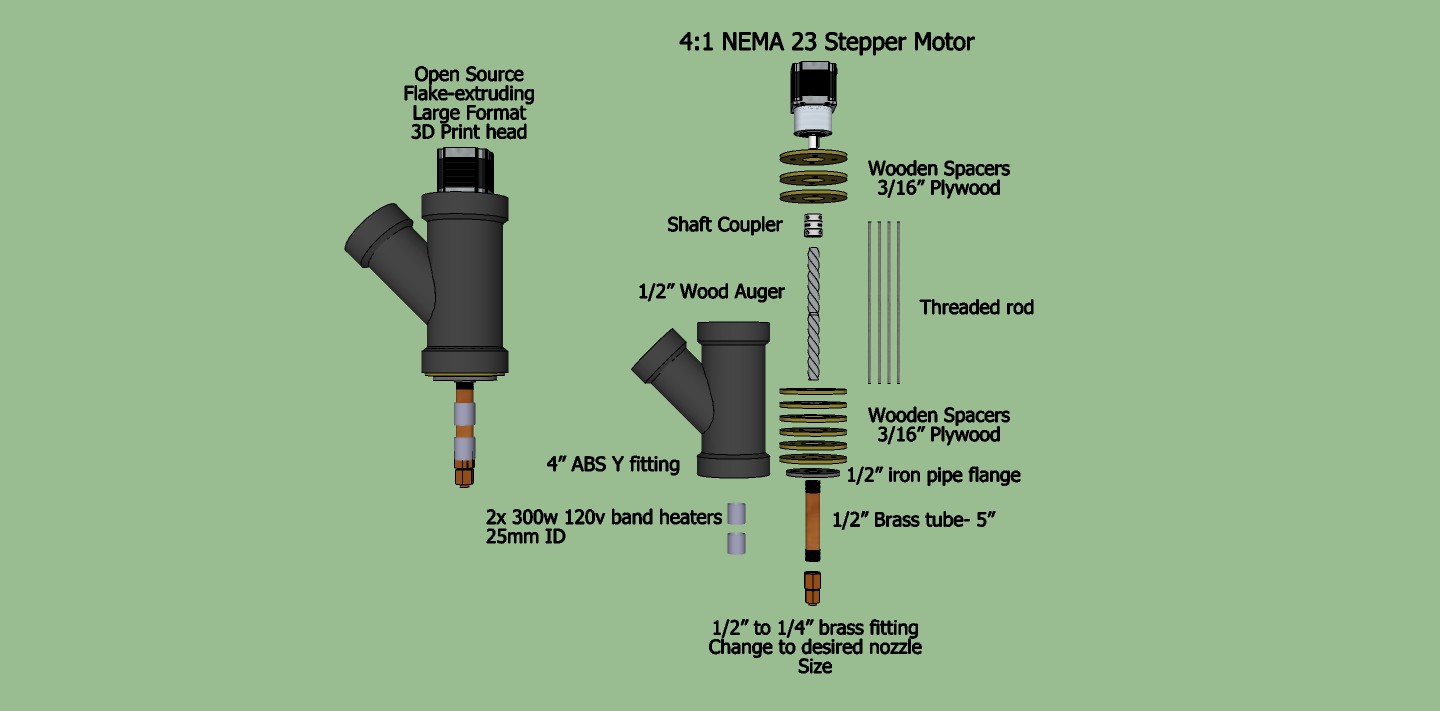
"Open Source Hardware" is a much more nebulous concept than open-source software is. "Open-source" originally meant to "open source-code", which is as easy as copying and pasting text to the internet (which to be fair, isn't that easy, all things considered). The development of git and distributed version control has allowed for very rapid, decentralized, mass distributed development of OS software, and it has drastically changed our world.
While many people understand the disruptively useful potential of applying this same kind of massively distributed approach to designing and building the physical objects and infrastructure (Sieze the memes of production!) the physical nature of hardware presents a completely different set of technical challenges to widespread sharing than open source software does.
It's not enough to just say that your design is open source, but then fail to actually provide detailed technical information and well-thought-out step-by-step instructions in an accessible format, and doing so is much, much harder than posting code to the internet. It's work. Specialized work. And honestly, people who are good at building stuff are often not very good explaining their work in an accessible way.
One shining example of successful open hardware documentation is the Precious PlasticProject. Dave Hakkens not only designed a set of useful machines, he ALSO posted a wonderful set of detailed plans, including DXF cut files and schematics, along with HOURS of detailed, engaging, and accessible instruction videos on an easy-to-find website. He then went traveling in India for several months with limited internet access, and when he came back, he found that hundreds of people around the world had independently replicated, and begun to improve upon, his designs.
I was one of those people- I built a shredder following his plans in November of 2016. His documentation made it seem much easier than it actually was to build, but the detail and support he provided allowed me to stand on his shoulders, so to speak, and create a machine that I could not have designed on my own.
Open hardware, at best, lowers barriers the to entry for a given technology. As the deadline for the Hackaday Prize nears, I find myself being torn between working on my project, and working on my documentation. I'm something of a perfectionist, and I always feel that what I have actually built always falls far short of what I am trying to build, and that often keeps me from sharing my designs. Not because I don't want to, but because the NEXT version will always be better, so why waste time documenting THIS version, you know?
In order to combat that very counter-productive mindset, I'm working hard to meticulously document what I'm building, bugs and all, so that at least people can see what I'm doing and how I'm doing it. It's surprisingly vulnerable. So, here, I present my current design for my open-source flake extruding 3D print head. The 3D assembly model can be found on the SketchUp warehouse.
Onward!
 Sam Smith
Sam Smith
Discussions
Become a Hackaday.io Member
Create an account to leave a comment. Already have an account? Log In.